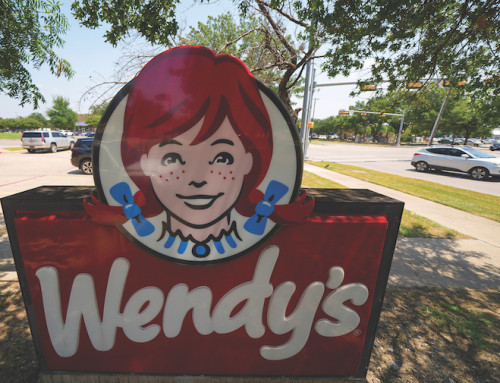NEW YORK (AP) — Broadcast giant Sinclair has taken a more than 8 percent stake in E.W. Scripps as it eyes a potential merger with the smaller local TV rival.
In a regulatory filing, Sinclair disclosed that it purchased 8.2 percent of Scripps’ Class A common stock “in contemplation” of a wider bid to acquire the company.
Sinclair said that it had held months of talks “regarding a potential combination” with Scripps and maintained that increasing scale overall is “essential to address secular headwinds and compete effectively” in the nation’s media landscape, pointing to growing competition and other recent consolidation seen across the industry.
Scripps acknowledged Sinclair’s new stake and maintained its board would “continue to evaluate any transactions” in the best interest of shareholders. Yet at the same time, Scripps said it also would take steps to protect itself from any “opportunistic actions of Sinclair or anyone else.”
The prospect of Sinclair buying Scripps arrives amid wider consolidation across the media industry, particularly in the local TV landscape. In August, Nexstar Media Group announced a $6.2 billion deal to buy broadcast rival Tegna.
Companies such as Sinclair — as well as Nexstar and Tegna — have argued that these kinds of acquisitions would allow them to better compete with both bigger media and tech players vying for consumers’ attention today. Critics, however, warn of wider homogenization of news. In other words, more and more local TV stations becoming “duplicators” of syndicated reporting and sharing corporate owners who may decide not to air certain content.
Sinclair Broadcast Group, based in Hunt Valley, Md., owns, operates or provides services to 185 TV stations in 85 markets affiliated with all major broadcast networks. The company also owns the Tennis Channel.
Cincinnati-based E.W. Scripps Co. operates more than 60 local stations in more than 40 markets. It also owns national news outlets Scripps News and Court TV, as well as entertainment brands such as ION.
Whether or not the two companies agree to a merger has yet to be seen, and still would need the regulatory greenlight.








